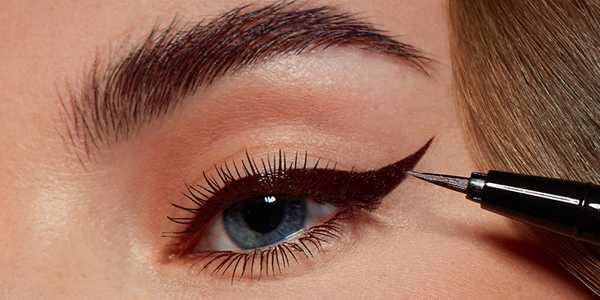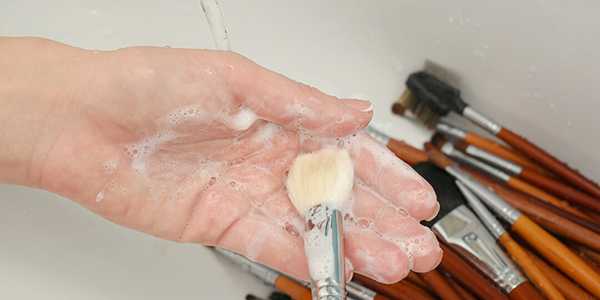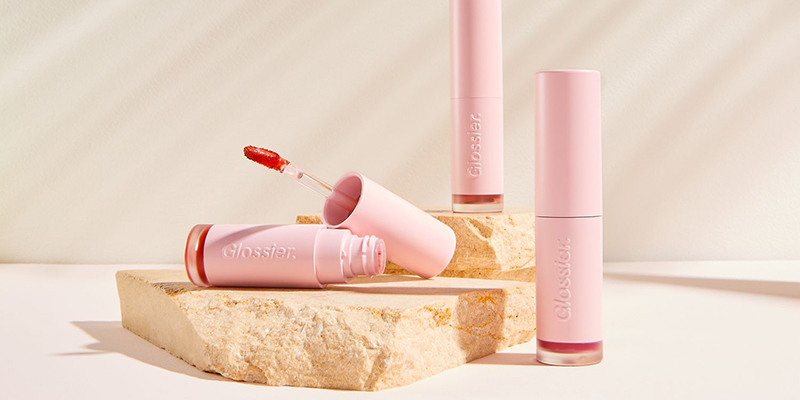How To Clean And Maintain Your Makeup Brushes
Have you ever wondered what might be hiding in your makeup brushes? Even if they appear clean, they can hold bacteria, leftover makeup, and oils that damage the skin and affect makeup application.
Cleansing and disinfecting beauty tools is not about doing that much more—it is about doing it correctly to get perfect makeup and glowing skin. If you have been doing away with brushes, it is high time you read on and know why and how to clean makeup brushes as effectively as possible.
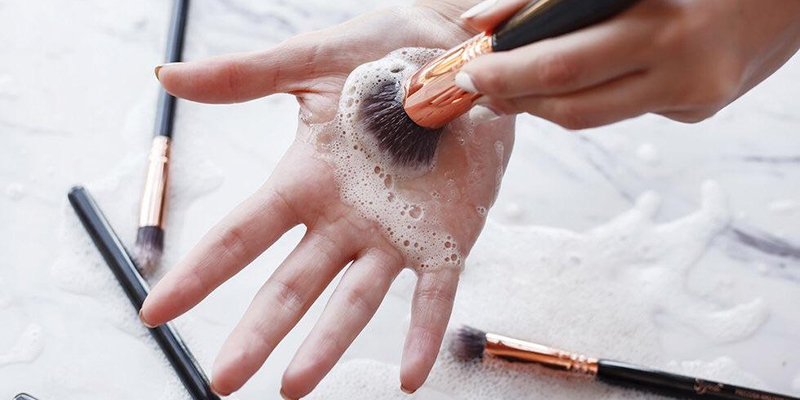
In this guide, we’ll cover why cleaning makeup brushes is essential and how to maintain them for the best results.
Why Cleaning Makeup Brushes Is Non-Negotiable
Your makeup brushes tend to accumulate bacteria, dirt, and oils on them most of the time. Each time you use them, a trace of makeup and the oils from your skin stick to the bristles.
When they are not cleaned regularly, the buildup may cause problems with makeup and skin.
Dirt in brushes can penetrate the skin's surface and create blackheads, pimples, and inflammation. When the foundation is applied with a brush that contains oils and product residue, the face will be streaky or patchy. Worse, bacteria can lead to infections and other skin-related problems.
Makeup brush care isn’t just about aesthetics; clean brushes are essential for a smooth, flawless application and healthy skin.
How Often Should You Clean Makeup Brushes?
How often you clean your brushes depends on their use. Here are some general guidelines:
Foundation and Concealer Brushes: Clean weekly. These brushes come into contact with liquid products, and as the product accumulates, the pores in the brushes become clogged and act as fertile breeding grounds for bacteria.
Powder Brushes: Clean every two weeks. While they do not accumulate as much product, these brushes still need cleaning now and again.
Eyeshadow Brushes: If you use one or multiple shades, wash them every two weeks. Brushes used in darker colours may have to be cleaned more often.
Sponges and Beauty Blenders: Clean after each use. These nabs mainly produce moisture, so if they are not washed properly, they become a harbour for the bacteria.
Cleaning it regularly makes sure that your brushes are in good condition and that no skin problems will develop.
Step-By-Step Guide To Cleaning Your Brushes
Here are some brush-cleaning tips to help you clean properly:
Wet The Bristles
Rinse the bristles with warm water while holding the brush downward so that water does not get inside the handle, causing the bristles to become loose.
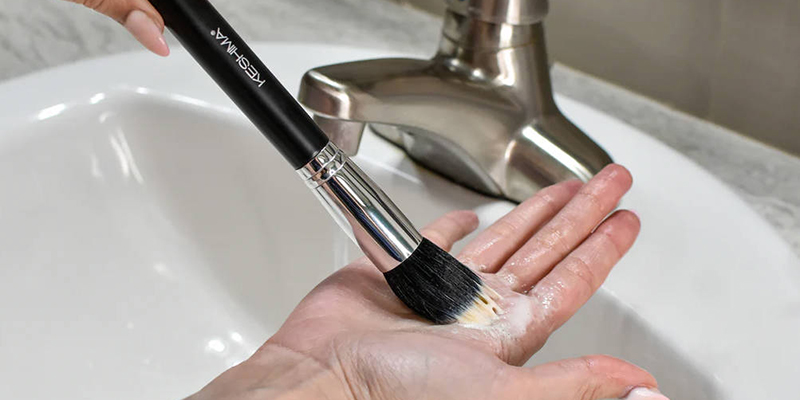
Apply A Gentle Cleanser
Use a mild soap or brush cleanser. Place a small amount in your palm or on a cleaning mat.
Swirl The Brush
Rotate the brush in circles in the cleanser. If you're using your palm, swirl the product around the bristles in a circular manner. With a cleaning mat, swirl in different directions to remove makeup particles.
Rinse The Brush
Rinse the brush under running water until the water runs clear. This may take a few washes.
Squeeze And Reshape
Gently squeeze out excess water with a clean towel and reshape the bristles to their original form. Lay flat to dry.
Let Them Dry
Let your brushes air dry for 6-8 hours or overnight. Avoid upright storage of wet items, as this can cause water to seep into the handle.
Sanitizing For A Deeper Clean
Cleaning removes the product residue, whereas sanitizing brushes boost their protection. Rubbing alcohol or a brush sanitizer eliminates bacteria that cause skin infections when not removed by proper cleaning.
The bristles only need a sanitizer spray, which is left to dry. This method helps to remove the remaining bacteria without damaging the bristles.
Taking Care of Your Tools Like A Pro
Proper brush maintenance goes beyond cleaning. Here are a few tips to maintain beauty tools and help them last longer:
Proper Storage: After cleaning, store your brushes upright in a clean container to keep the bristles in shape. Avoid damp, humid environments to prevent mould growth.
Gentle Handling: Be gentle with your brushes. Harsh scrubbing can damage bristles or loosen them from the handle.
Don't overload your brushes: Using too much product makes cleaning more challenging. Just keep a small amount to keep things simple and avoid buildup
Replace Brushes Regularly: Even with proper care, brushes wear out over time. If your
brushes shed bristles, feel scratchy, or lose shape, it’s time to replace them.
Investing in quality brushes and maintaining them will ensure your tools last longer and perform better.
Fresh Tools, Better Results
Keeping your makeup brushes clean can transform your makeup routine. Clean brushes help your makeup go on smoothly, keep your skin happy, and make your tools last longer. Taking care of these brushes isn't just about washing them—it's about getting the best performance every time.
Make it a practice to clean and maintain beauty tools from this day on, and you will quickly realize that your makeup routine is far improved. Clean tools mean improved outcomes, a clear complexion, and an overall positive care experience.



